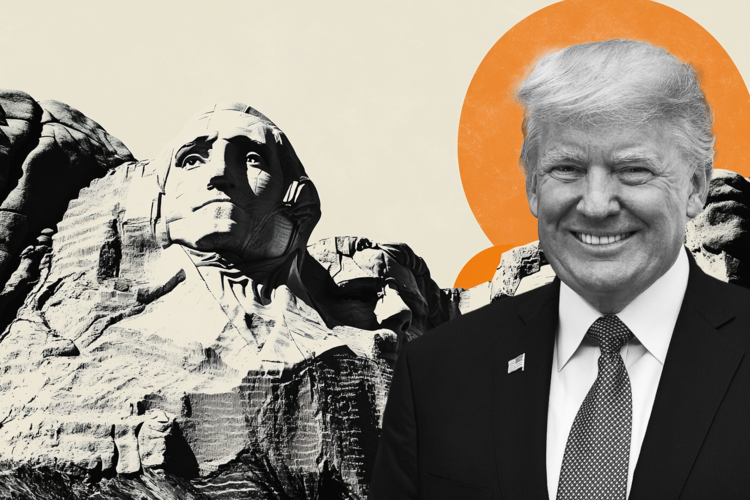US President Donald Trump’s administration is hurrying to determine the specifics of its new tariff agenda ahead of its self-imposed deadline of Wednesday, considering possibilities after promising to remake the American economy with a slew of new levies, the WSJ citing unnamed sources.
According to people familiar with the discussions, one key point of debate is whether to impose individualized tariff rates for US trading partners, as Trump has hinted in recent weeks, or to stick to his campaign promise of an across-the-board tariff that would affect nearly every country doing business with the US. Advisers have considered imposing global tariffs of up to 20% that would hit virtually all US trading partners.
Trump is also considering implementing a series of new industry-specific tariffs that could hit crucial minerals and products containing them.
Market reaction
At the time of writing, the Gold price (XAU/USD) is trading 0.13% higher on the day to trade at $3,088.
Tariffs FAQs
Tariffs are customs duties levied on certain merchandise imports or a category of products. Tariffs are designed to help local producers and manufacturers be more competitive in the market by providing a price advantage over similar goods that can be imported. Tariffs are widely used as tools of protectionism, along with trade barriers and import quotas.
Although tariffs and taxes both generate government revenue to fund public goods and services, they have several distinctions. Tariffs are prepaid at the port of entry, while taxes are paid at the time of purchase. Taxes are imposed on individual taxpayers and businesses, while tariffs are paid by importers.
There are two schools of thought among economists regarding the usage of tariffs. While some argue that tariffs are necessary to protect domestic industries and address trade imbalances, others see them as a harmful tool that could potentially drive prices higher over the long term and lead to a damaging trade war by encouraging tit-for-tat tariffs.
During the run-up to the presidential election in November 2024, Donald Trump made it clear that he intends to use tariffs to support the US economy and American producers. In 2024, Mexico, China and Canada accounted for 42% of total US imports. In this period, Mexico stood out as the top exporter with $466.6 billion, according to the US Census Bureau. Hence, Trump wants to focus on these three nations when imposing tariffs. He also plans to use the revenue generated through tariffs to lower personal income taxes.

